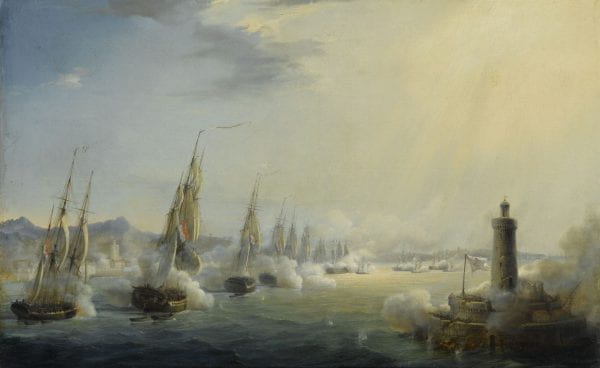Tag France
by guest contributor Bryan A. Banks In his 1865 La Révolution, Edgar Quinet addressed the question: Why did the republican experiments of 1792 and 1848 seem to turn to terror, empire, and tyranny? “The French, having been unable to accept… Continue Reading →
A Conversation with Benjamin Hoffmann, Assistant Professor of Early Modern French Studies at The Ohio State University and editor of a new edition of the Letters Written from the Banks of the Ohio by Claude-François-Adrien de Lezay-Marnésia (Pennsylvania State University… Continue Reading →
by guest contributor James Casey On a chilly winter day in 1941 Jamil Sasson, a Syrian employee of the French Mandate bureaucracy, sent a letter to the Secrétaire général du Haut-Commissariat de la République Française en Syrie et au Liban… Continue Reading →
by contributing editor Eric Brandom As insipid slogans of dubious provenance go, “be the change you wish to see in the world” is not so bad. On a bumper sticker or the signature line of a well-meaning colleague’s email, it… Continue Reading →
by guest contributor Elizabeth Everton In a 2009 interview, Twitter’s founder, Jack Dorsey, drew upon the dictionary definition of “tweet” – “a short burst of inconsequential information” – to characterize his creation. Ten years after Twitter’s inception, few would persist… Continue Reading →




